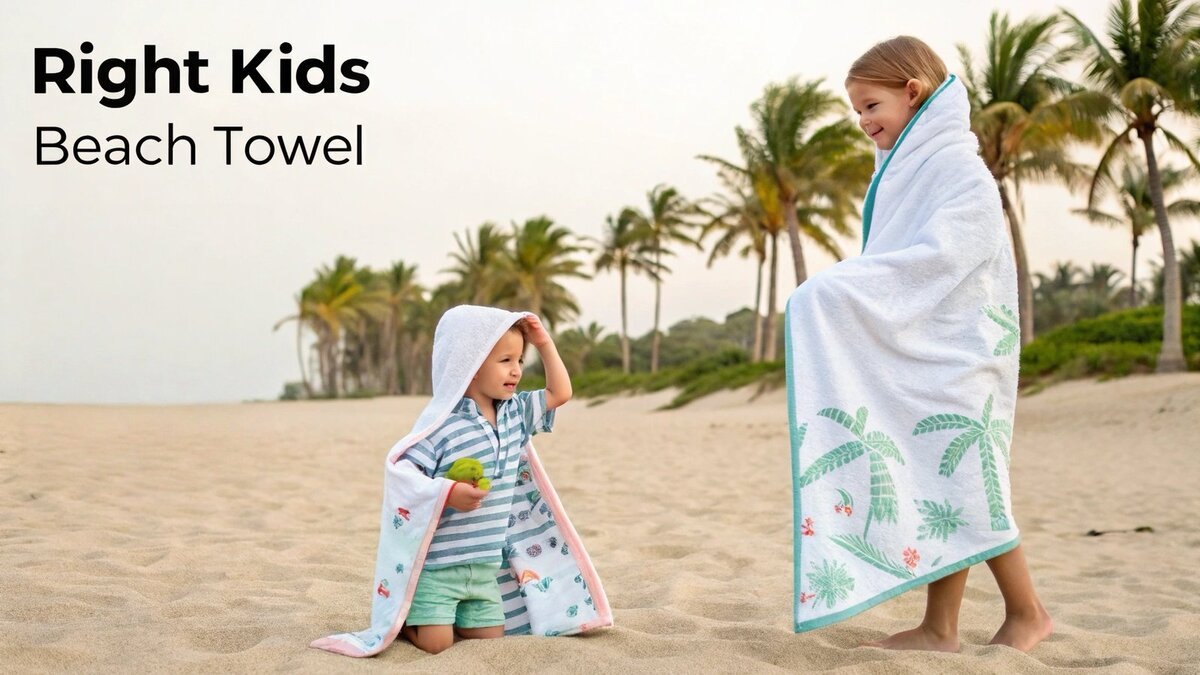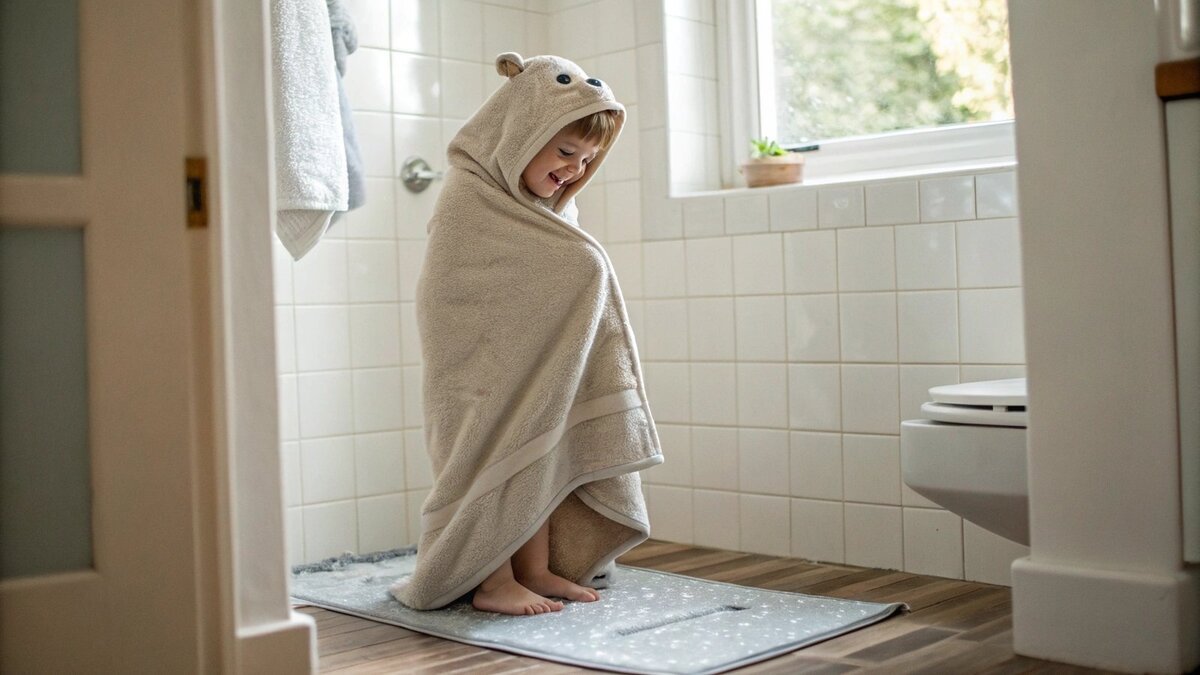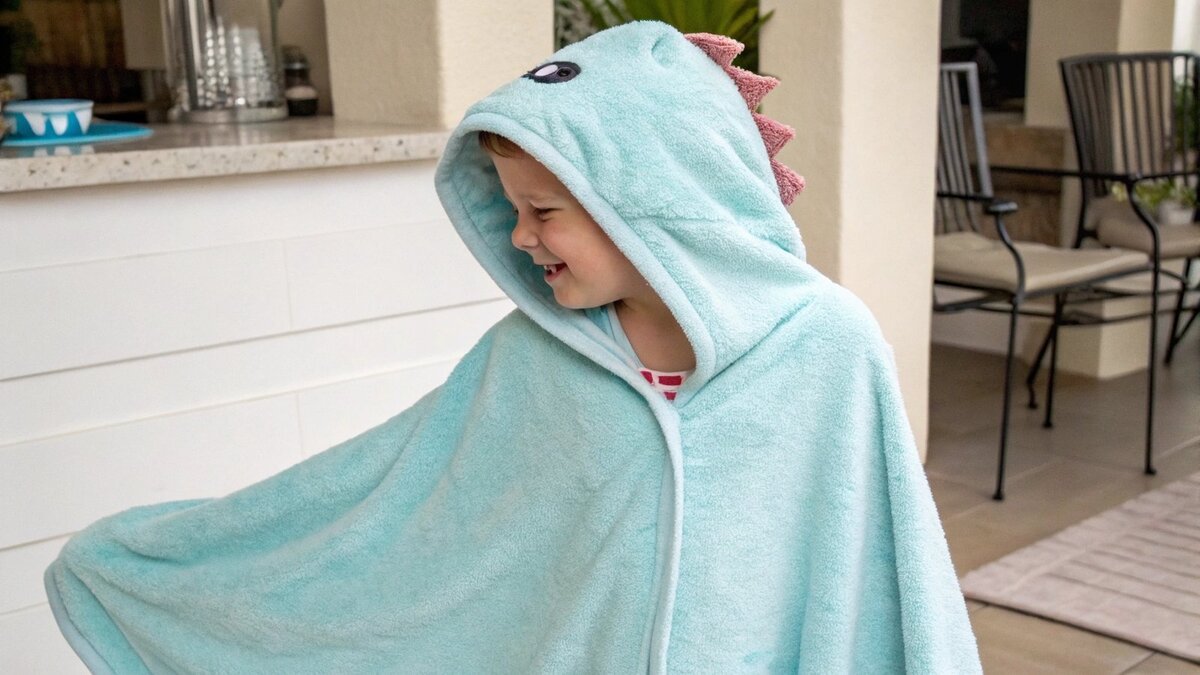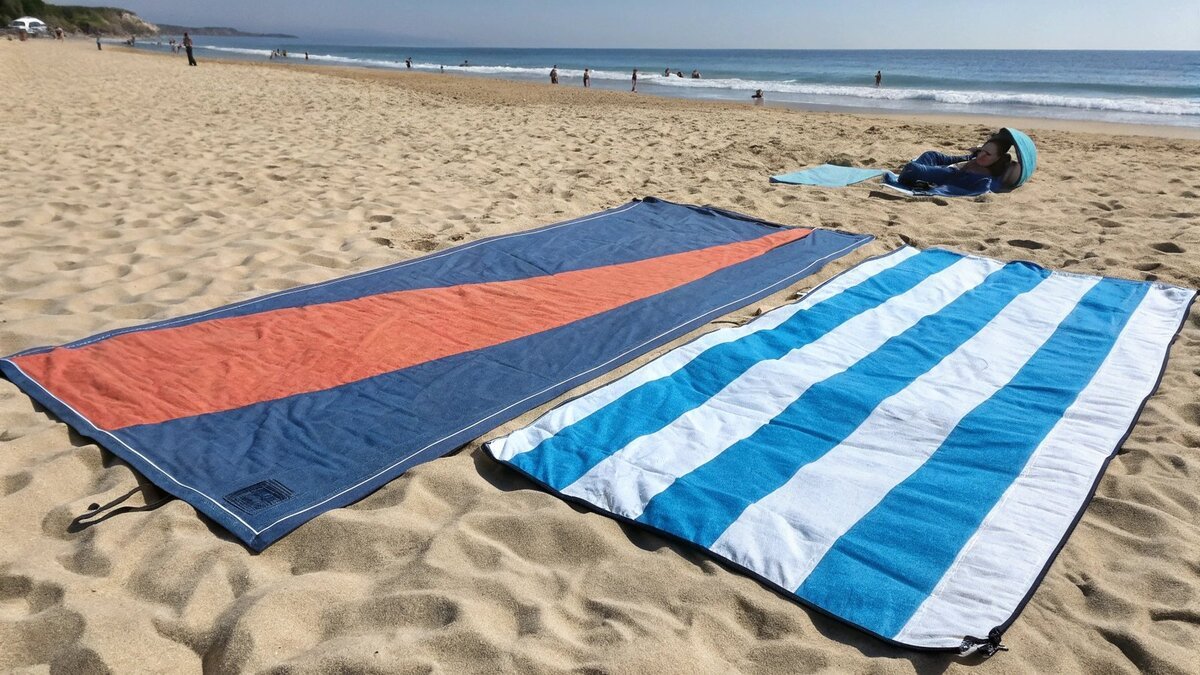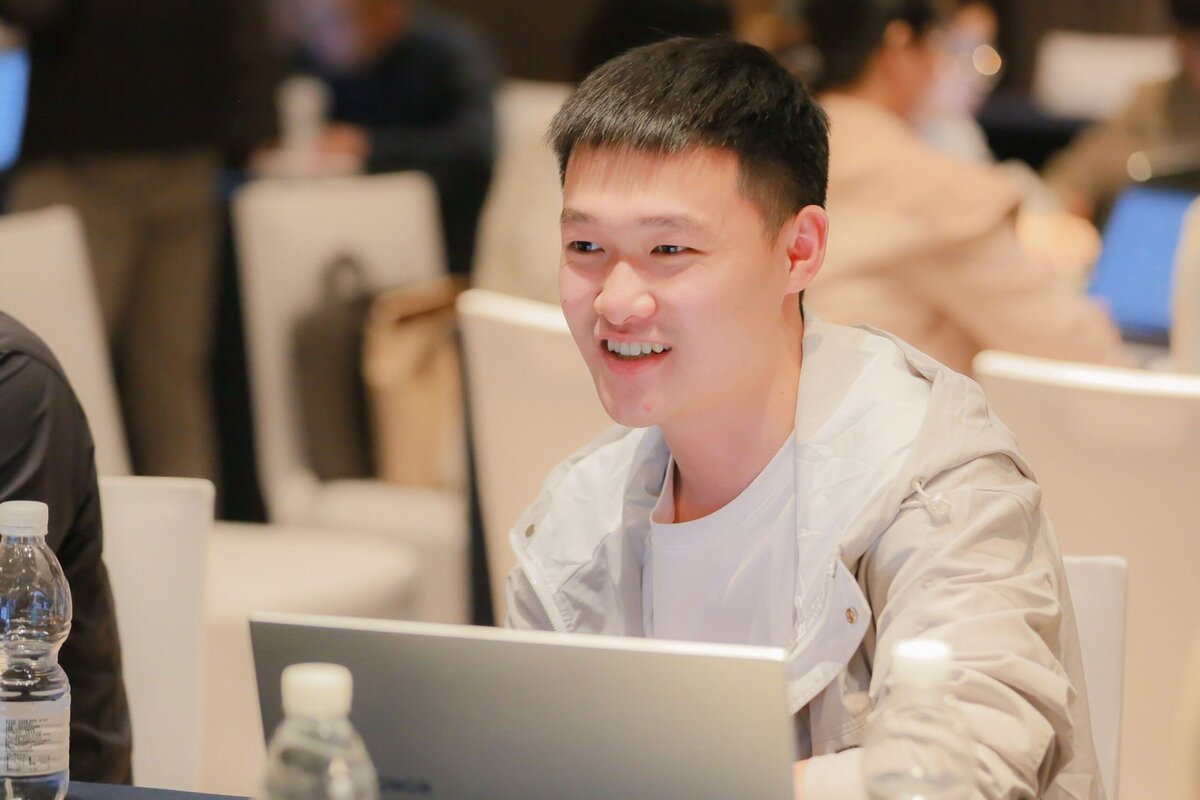Heading to the beach? Choosing the wrong kids’ towel means a shivering, sandy child. It’s frustrating. Let’s find the perfect towel to make your beach trips easy and fun.
To choose the right kids’ beach towel, focus on three things: size, material, and design. A good size is large enough to wrap them up but not too big to carry. Absorbent, quick-drying cotton is ideal. Hooded towels are great for toddlers, while older kids might prefer a standard towel.
Getting the right towel seems simple, but the details matter. Parents often ask me about specific sizes, when to switch from hooded towels, and even the difference between a towel and a blanket. I’ve spent years in the textile industry, so I can help clear things up. Let’s break down these common questions one by one so you can make a confident choice for your next family outing. I want you to feel prepared, not overwhelmed.
What size are beach towels for toddlers?
Is your toddler’s towel too small to keep them warm or too big to manage? It’s a common frustration. Let’s find that "just right" size for comfort and safety.
For toddlers, a hooded towel around 30×30 inches is perfect for wrapping them up completely. If you prefer a standard rectangular beach towel, a good size is about 24×48 inches. This size provides enough coverage without being too bulky for them to handle or for you to carry.
When I work with brands creating towels for this age group, the conversation always starts with shape. Do you want a square hooded towel or a smaller rectangular one? Both have their place. A hooded towel is fantastic for right after a dip in the water. It stays on their head, keeping them warm while their hands are free to build a sandcastle. On the other hand, a classic rectangular towel is more versatile for lying down on the sand.
The Practical Side of Sizing
Getting the size right is about more than just drying. A towel that’s too large can be a tripping hazard for a wobbly toddler. It also gets heavy and waterlogged, making it a pain to carry back to the car. A towel that’s too small won’t provide enough warmth or a big enough spot to sit on. Here’s a quick breakdown I use with my clients:
| Towel Type | Common Size (Inches) | Best For |
|---|---|---|
| Hooded Towel | 30" x 30" to 40" x 40" | Post-swim warmth, active toddlers |
| Rectangular Towel | 24" x 48" to 30" x 50" | Lying on sand, multi-use |
Choosing between them depends on how your family uses beach days. Many parents I know actually bring one of each to cover all their bases.
What age do kids stop using hooded towels?
Your child is growing, but they still love their hooded towel. Is it time for an upgrade? Let’s explore when to make the switch without causing a fuss.
There is no specific age to stop using hooded towels. The real signal is when they physically outgrow it. If the towel no longer covers them properly or feels too small, it’s time to switch. Many kids enjoy them up to age five or six, sometimes even older.
I remember when my own nephew refused to give up his shark-themed hooded towel. He was almost seven! The truth is, a hooded towel starts as a practical tool for parents. It’s an easy, wearable way to get a little one dry and warm. As kids get older, it often becomes a comfort item, like a favourite blanket. There’s no hard rule here. If your child still loves it and it provides some function, let them enjoy it.
Signs It’s Time for a Change
The transition usually happens naturally. You’ll notice the towel doesn’t wrap all the way around them anymore, or the hood barely covers their head. At this point, they need a larger, standard beach towel for proper coverage and warmth. To make the switch smooth, involve them in picking out a new "big kid" towel. Let them choose a colour or design they love. This makes it an exciting upgrade rather than a loss. I’ve seen brands have huge success with towels featuring popular characters or cool, grown-up patterns for exactly this reason. It empowers the child to make the change themselves.
What size hooded towel for a 6 year old?
Shopping for a hooded towel for a six-year-old? Most seem tiny. You don’t want to buy one that barely fits. Let’s look at jumbo sizes that offer perfect coverage.
For a six-year-old, you need a jumbo or youth-sized hooded towel. Look for one that measures about 47 inches (120 cm) from the top of the hood to the bottom hem and has a width of around 59 inches (150 cm). This ensures full coverage and longer usability.
At TowelTrend, when we design "youth" hooded towels, we’re not just making a bigger version of the toddler one. We’re thinking about how a six-year-old moves. They need more room. A standard toddler hooded towel on a six-year-old might only reach their waist. A jumbo size, often called a poncho towel, should fall to their knees. This provides warmth and, importantly, a private space for them to change out of a wet swimsuit right on the beach.
A Quick Checklist for Buying
When you’re shopping, don’t just trust a label that says "for kids." Check the actual dimensions. Here’s what I tell my clients to look for when they are sourcing towels for this age group:
- Length: Measure from the shoulder down. For a six-year-old, you’ll want at least 30-35 inches of fabric length, not including the hood.
- Width: A wider towel (50+ inches) allows them to wrap it fully around themselves for warmth.
- Material: At this age, they’re active. A 100% cotton terry is still best for absorbency, but a cotton velour on the outside gives a softer feel and allows for better, sharper prints of their favourite designs.
What is the difference between a beach towel and a beach blanket?
Beach towel or beach blanket? They can look alike, creating confusion. You wonder if you can just use one for both jobs. Let’s clarify the key differences.
The main difference is function, which dictates size and material. A beach towel is for drying your body. It’s thick, absorbent, and smaller (around 30×60 inches). A beach blanket is for lying on. It’s much larger, thinner, and often made of a sand-repellent material like parachute nylon.
In the textile world, every product has a purpose. That purpose drives every choice we make, from the type of fiber to the style of weave. A beach towel’s job is to absorb water. That’s why we use cotton terry loops—they act like thousands of tiny sponges to pull moisture from the skin. A beach blanket’s job is to create a barrier between you and the sand. So, you’ll see materials like nylon or polyester, often with a tighter, flatter weave that sand can’t easily stick to.
Key Differences at a Glance
Thinking about it this way makes the choice clear. Here’s a simple table I use to explain the difference to new buyers who are building their product lines:
| Feature | Beach Towel | Beach Blanket |
|---|---|---|
| Primary Job | Drying your body | Lying on the sand |
| Material | Absorbent (e.g., Cotton Terry) | Sand-resistant (e.g., Nylon) |
| Size | Individual (e.g., 30"x60") | Group (e.g., 70"x80" or larger) |
| Thickness | Thick and plush | Thin and lightweight |
So, while you can lie on a beach towel, it’ll get sandy and hold onto that sand. And you really can’t dry off effectively with a thin beach blanket. For the best beach day, it’s worth having both.
Conclusion
Choosing the right kids’ towel comes down to age-appropriate size and function. From toddler towels to jumbo ponchos, getting it right makes beach days better for everyone.

